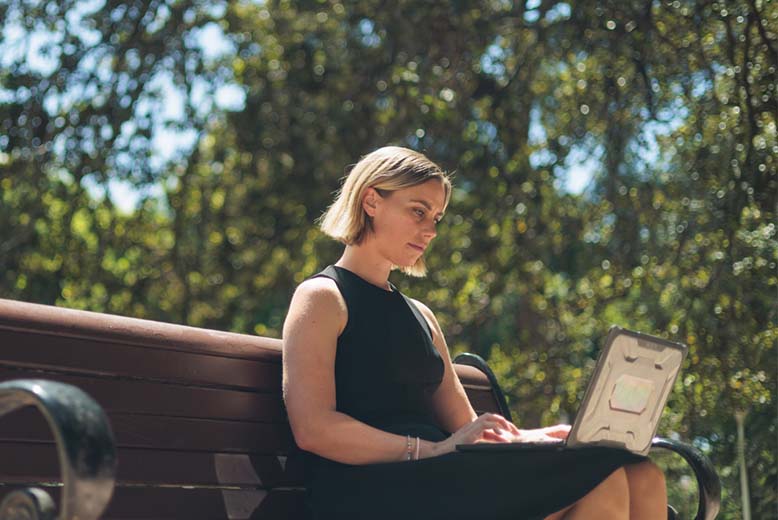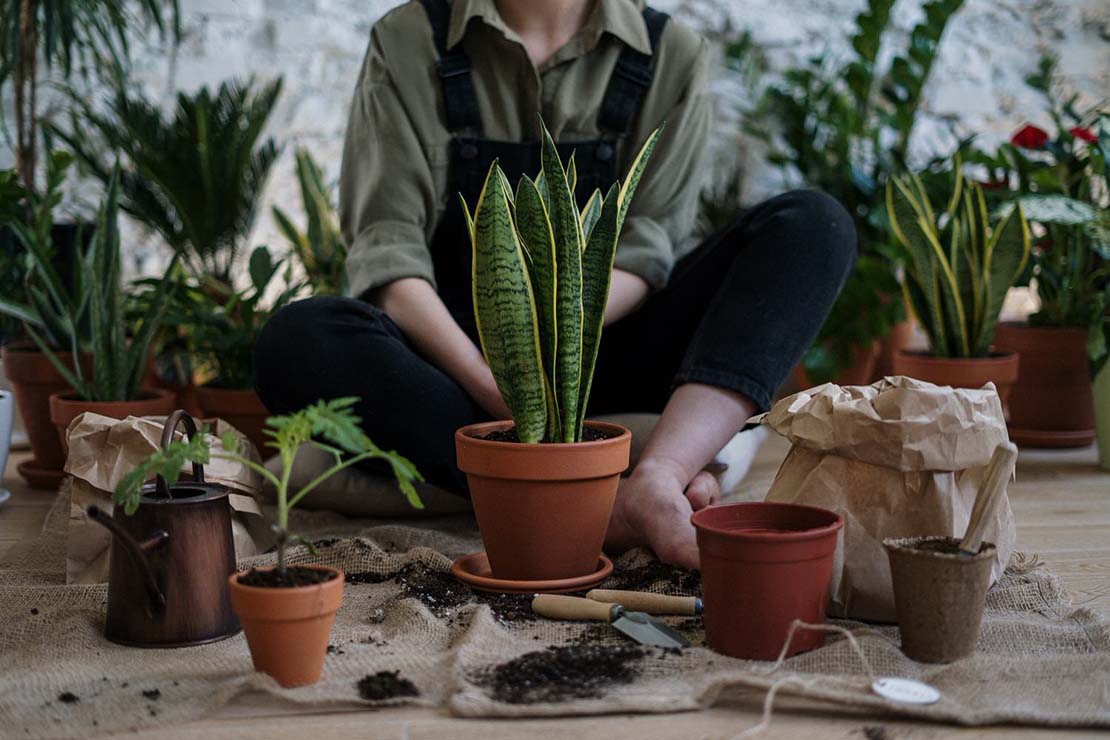Urban gardening for everyday wellness

Urban gardening for everyday wellness
By Stephanie Oley
Australian gardens are shrinking, especially in our cities. With this reduced natural space goes a large degree of biodiversity, cooling, and absorption of pollutants. Nature has well-known calming qualities, which means that having less access to greenery is also impacting on our wellbeing.
However, creating a personal green zone in the city doesn't have to take much effort. With the right information and a small patch of soil, you can soon enjoy the cooling, tranquil and sometimes even edible results of an urban garden. You’ll have to experiment: initially, you may even kill a plant or two. It’s all part of the experience.

How nature heals our minds
Countless studies have made connections between nature and wellbeing. For example, older people retained more attentiveness; injured patients reported feeling less pain; and young residential adults displayed lower stress levels when able to see nature from their window, compared to when facing built environments.
Prominent early studies in this field include the work of psychologists Rachel and Steven Kaplan. The pair spent 20 years researching the profound effect of nature, publishing their work on Attention Restoration Therapy in 1989. In 2005, Richard Louv released his book Last Child in the Woods, officially introducing society to the ‘nature deficit disorder’ we suffer.
Perhaps the world is starting to pay attention. In 2018, Amazon opened three plant-filled ‘biospheres’ at its headquarters – glass-and-steel domes housing 40,000 plants from around the world. Its purpose? To give employees and the public year-round access to the productivity-enhancing benefits of plants.
And in 2019, Singapore’s Changi Airport unveiled a spectacular 2.4-hectare indoor garden filled with thousands of trees, shrubs and the world’s tallest indoor waterfall. Six trails wind through five storeys of terraced landscapes, brimming with bamboo, orchids and ferns. If ever there was an antidote to the tedious clamour of an airport lounge, this would be it.
So if you want to create a soothing natural space where you can slow down to admire a bloom or butterfly, then read on.
Getting started with your small urban garden
One place to start is with a little self-knowledge. How likely are you to care for this mini green oasis? Will you enjoy tinkering with bug removal or plant-watering, in between each day’s conference calls? Or are you away from home for long stretches, and need a low-care option or automated irrigation systems?
Sunlight is another make-or-break factor. Some inner-city balconies and terraces are shady or receive only a few hours of direct sunlight. However, plenty of plants will thrive in these conditions, such as ferns, palms and edible plants including lettuces, arugula, kale and silverbeet. Sun-hungry plants such as citrus, peppers and chillies will only thrive if your setting receives long stretches of sunlight.
Structure for your balcony or terrace garden
Make sure to audit the built components of your garden, too. If you’re creating a balcony retreat, a weight limit may apply – you’ll have to use resin, metal or fibreglass planters instead of heavy terracotta. If your terrace is framed by tall, forbidding walls, you may need to grow plants vertically with a frame and climbing plants.
Got your heart set on a proper tree? Dwarf trees are an increasingly popular option. Where the full size of a citrus might be 5 metres, the dwarf versions reach just 2 metres – with smaller root systems as well. A Pipsqueak dwarf lemon, lime or orange tree is well suited to the Australian climate and even yields fragrant blossoms and generous fruit.
Also, consider how you will use the site. Will it be purely aesthetic – a tiny green oasis to admire through a closed window? Or is there space for outdoor furniture, BBQs and laundry lines? This will determine the ideal size, height and number of plants. If your setting has privacy issues, you’ll also want to include screening features.
Alternatively, create an indoor oasis
Technically, there is no such thing as an indoor plant. However, some species tolerate low light levels and with a little extra care, can be kept entirely indoors. Interest in indoor plants (and gardening) surged during the lockdowns of 2020 – 2021, so there’s more choice than ever.
Popular species in Australia include Monstera deliciosa (also known as Swiss cheese plants), fiddle leaf figs and Zanzibar gems. Elegant, sculptured bonsai are often considered indoor plants, but they actually thrive best outdoors. Make sure you understand how to look after your plants, adjusting your care regime if you see signs of stress such as wilting, yellowed or brown leaves.
Finally, as with any interest, gaining relevant information is key to success. You’ve probably made some online queries already, or asked the staff at your local garden supplies shop. But those can be short-term solutions, with no recourse for follow-up when you reach your next decision-point.
By contrast, taking a short course sets you up for the longer term. Seasoned landscaping professionals and enthusiasts regularly enrol in our gardening and landscaping workshops here at CCE, because they’re a fast-track into our presenters’ in-depth knowledge. You’ll immerse yourself in everything plant-related and avoid wasting money, time and effort. It’s a solid way to achieve your urban garden goals, whatever they may be.